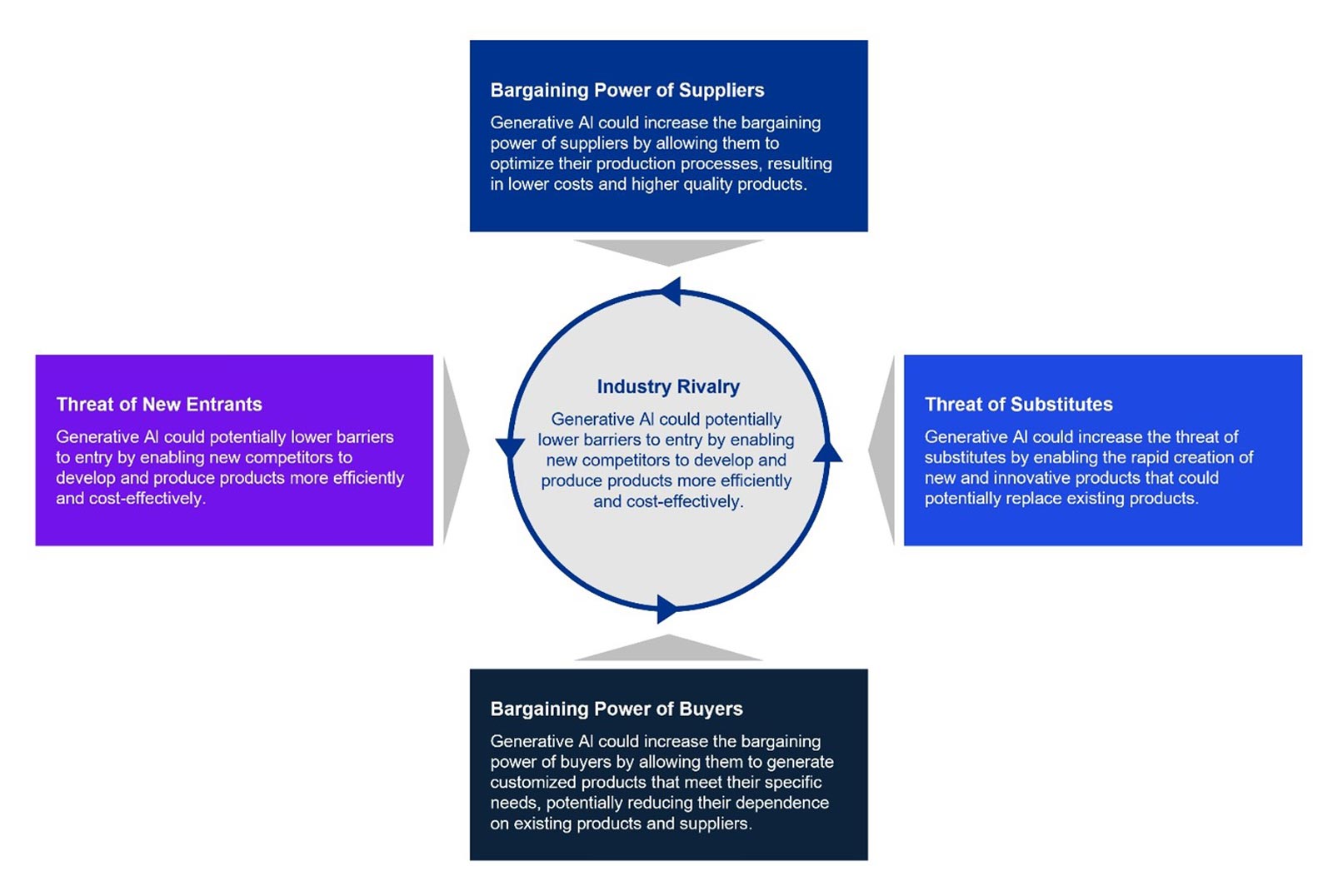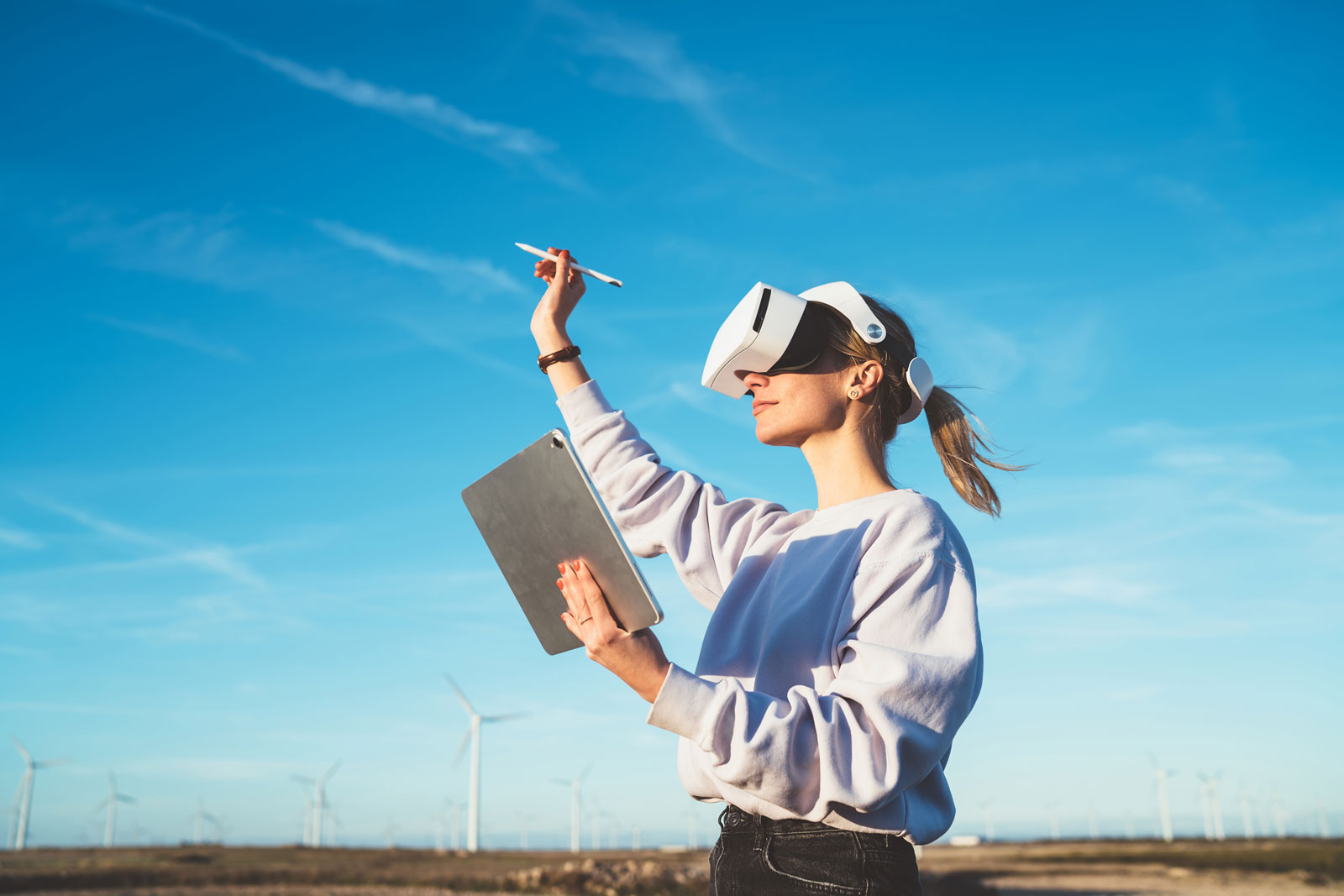A consultant’s take on AI and technology’s role in this industry now and moving forward
As we enter 2024, the challenging background of economic instability, war and turmoil in Ukraine and the Middle East and in the wake of the COVID-19 pandemic, it may be all too easy to lose focus upon the developments and opportunities which lie directly in front of us. This edition of ELEVATOR WORLD UK focuses upon one aspect of technological development, digitalisation, which will influence and affect our industry in years to come.
Digitisation and digitalisation are separate concepts with digitisation relating to the conversion of organisational records and processes from an analogue or paper hardcopy form into digitised forms, whilst digitalisation relates to the use by an organisation of information in digital forms to create and/or improve processes and services and to incorporate these into its operations and the production and delivery of its products and services.
I recall visiting the office of a large asset manager back in the 1990s and being amazed when their engineer was able to use a display screen to recover a letter received that morning such that its content could be considered in the ongoing meeting. This relatively early example of digitisation now seems relatively straightforward in relation to today’s technology, but it was, at that time, at the front end of management technology albeit that it represented only a conversion of information from an analogue to a digital form, such that it could be recovered widely within the organisation.
One of the great attractions of a career in our industry lies in the integration of technology, engineering, people and management. Indeed, firms which are able to successfully integrate and manage these factors emerge as leaders in their industry sectors and often prove to be the innovators in management and technology application (at least until acquisition by a larger competitor).
However, we must remain aware that whilst Internet Technology (IT) and digital technologies may be able to inform us of when a pit needs to be cleaned, we need to arrange a human attendance in order to do it. We still need boots on the ground, so to speak.
Lift maintenance is a service and part of a service industry. The best contractors know and understand this, together with the fact that an effective integration of people and technology is fundamental to the management of a successful lift maintenance firm and subsequently to customer experience and contract retention.
Whilst remote monitoring systems have been with us for many years, the majority do not deliver advantage and more often operate as emergency telephone links. However intelligent or smart these systems may become, it is still necessary for a human operator to monitor the system output and plan and arrange actions as may be required. Whilst one may consider that AI will change this, the reality is that we simply don’t know, or understand, how AI will develop and/or be deployed or the effect it will exert upon industry structures and operations. The sad fact is that the monitoring systems developed to date have been, and still are, underutilised, and their potential, in terms of predictive maintenance and failure prevention, is rarely — if ever — developed. And, regardless as to technological developments in this area, I see nothing on the immediate horizon which leads me to conclude that future development will be any different. It is management intent and initiative in terms of an active implementation that are required if the technology is to deliver its potential.
Whilst the predominance of closed protocol control systems is often mooted as presenting a barrier to digitalisation, independent contractors are overcoming the barriers and offering solutions that can recognise the input/outputs of these systems and process these to provide effective management outputs.

How much longer shall we need to wait before our standards bodies develop provisions which include for the compulsory incorporation of suitable I/O (input/output) connections in lift control systems which will enable the connection of open market applications of non-proprietary monitoring, management and communications systems? Not too long, I hope! Indeed, it may turn out that digitalisation proves to be the catalyst which drives change in this respect — after all, who will want a machine which cannot interface with the common digital infrastructure?
On a less optimistic note, anyone with any real experience of auto-lubrication systems on escalators will be able to recount how attractive these appear in theory and how ineffective they are in practice. One may also consider so-called lubrication-free equipment, particularly escalator chains and how these more often fail to achieve the promised benefits with reduced chain and bearing life and reversions to manual lubrication. Technology is not always effective.
The tendency for IT to dehumanise the workplace and denigrate levels of service (in the disguise of greater efficiency) and, in the case of the internet, to drive price-prioritised procurement at the expense of service and delivery has proven problematic. Whilst the early popularity of internet auctions has declined, the capacity of such approaches to disregard certain intangibles such as the quality, technical expertise and the intent of the contractor are such as to devalue the maintenance sector.
The planned Open Reach switch-off of the copper wire telephone network at the end of 2025 has sparked interest with a number of manufacturers at interlift presenting excellent solutions. Whilst our particular focus is upon lifts and escalators, the extent of digital systems monitoring and reporting is so much wider and encompasses a diverse range of building systems and equipment such as to present significant opportunities.
The machine and suspension product sections at interlift focused significantly upon reduced-size machines and reduced-diameter ropes and belts. Given that it is more than 20-years since Otis released the Gen2® drive and flat belt suspension system, there are a number of firms producing alternative suspension means such that the flat belt market may now be considered a specialist commodity sector similar to that for steel wire suspension ropes.
It is 25 years now since I joined the inaugural MSc Lift Engineering student intake at the University of Northampton. If one is to consider the benefits of digitalisation, the education sector is perhaps in many ways an exemplar. The MSc draws its students from a worldwide base and from all major lift manufacturers and many independents and consultant organisations. Whilst I am a strong advocate of face-to-face teaching, the MSc, in its scale, diversity and reach, wouldn’t have been feasible without digital forms of communication and information transfer.
In summation, digitalisation has the capacity to, and undoubtedly will, offer many benefits to our industry and its customers. However, history indicates that the initial impact of fundamental socio-technological change is more often overestimated, whilst the underlying long-term effects may actually be profound and unforeseeable. If the effects of AI are as far reaching as is currently being expounded, then the likelihood is that its initial effects may be relatively superfluous whilst its long-term effects may be deeply disruptive, but unforeseeable. The current focus should be upon identifying the areas in which digitalisation may be most effectively applied, together with those areas in which traditional intervention and work planning, together with face-to-face customer interaction, should be maintained, and how these are to be best structured, applied, delivered and managed.
Much of the academic focus has been upon the development of Porter’s Five Forces Model of industry competition in relation to the likely effects of AI on different industries and business strategies. Image 1, prepared by KPMG UK, provides a good general outline of the capacity of AI to disrupt different industry sectors. Readers may wish to consider how AI will affect business strategies within the lift sector.
As the market and technology currently stand, the indication is that the advantages offered by AI and similar IT technologies will be available across the lift sector by way of specialist service providers (much as is the case in IT), which is encouraging. The European Union is currently considering a regulatory proposal which aims to provide AI developers, deployers and users with clear requirements and obligations regarding specific uses of AI whilst simultaneously seeking to reduce administrative and financial burdens for business. The fact that a significant regulator considers that AI requires regulation is indicate of the potential power (for both good and bad) of the technology.
Whilst digitalisation and developments in AI will undoubtedly develop and change our industry and the way in which we work, we should be wary of the tendency to view technological development as providing a panacea for all ills. History tells us that this will not be the case, that the likely outcomes will be uncertain and unforeseeable, and that the focus should be upon the effective integration of technology with business structures, customer services and human relations.
Get more of Elevator World. Sign up for our free e-newsletter.







